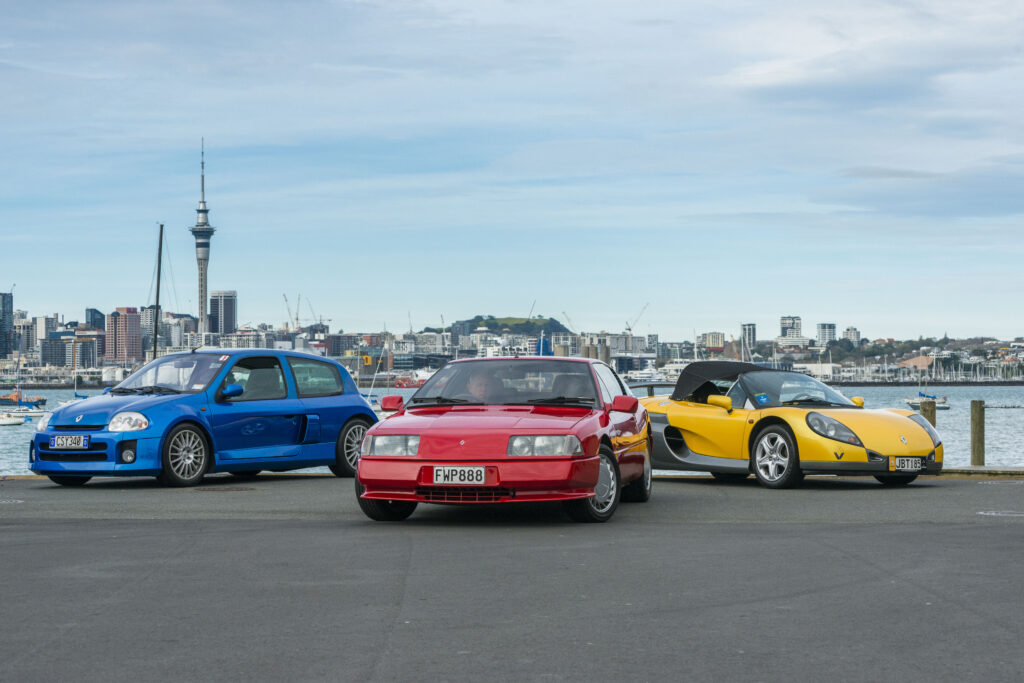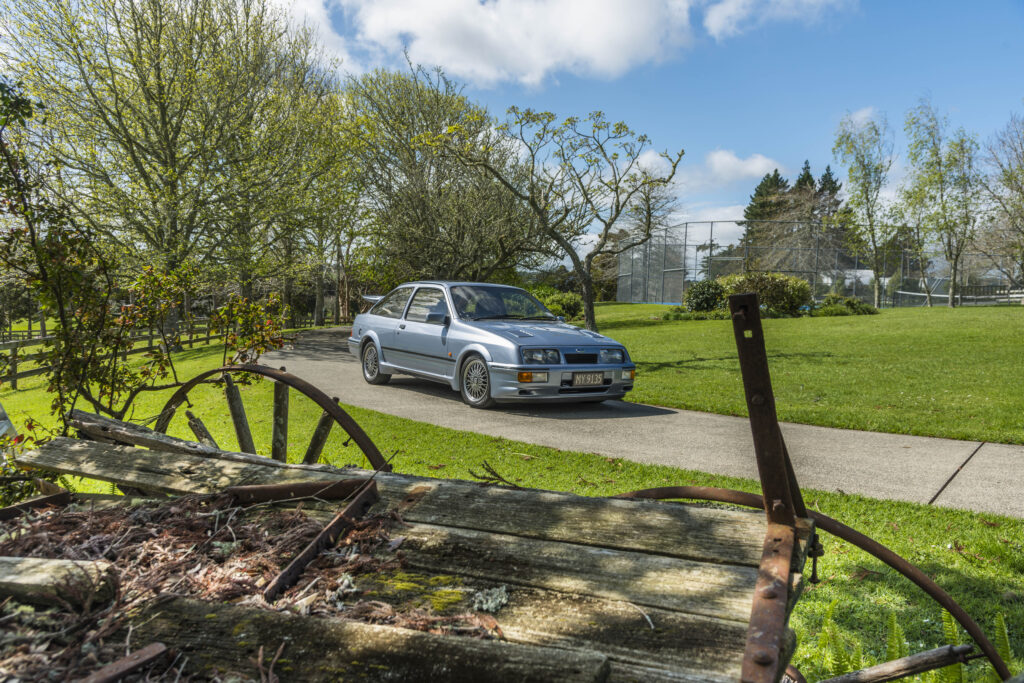
A Giugiaro great
Giugiaro himself — the man who created the Ferrari 250 GT — was pleased with the design that Isuzu had commissioned to be based on a GM Chevette platform. His design, called the Asso di Fiori (Ace of Clubs), was unveiled at the 1979 Tokyo Motor Show to rave reviews. Isuzu fast-tracked it into production.
Carrying the nose forward to refine it just a touch more shows the respect Isuzu had for its lines. It meant engineering in some mechanics to flip up little eyebrows in the bonnet lip to expose more of the lamp glass in this pre high intensity light bulb era. You can imagine most car makers would go, “No, cut it off there”. If Isuzu had, it would certainly have been a less characterful design.
I can remember seeing one or two of them when they were new in the ’80s and feeling a fondness for the car, and for the company that had produced such a clean and restrained design.




